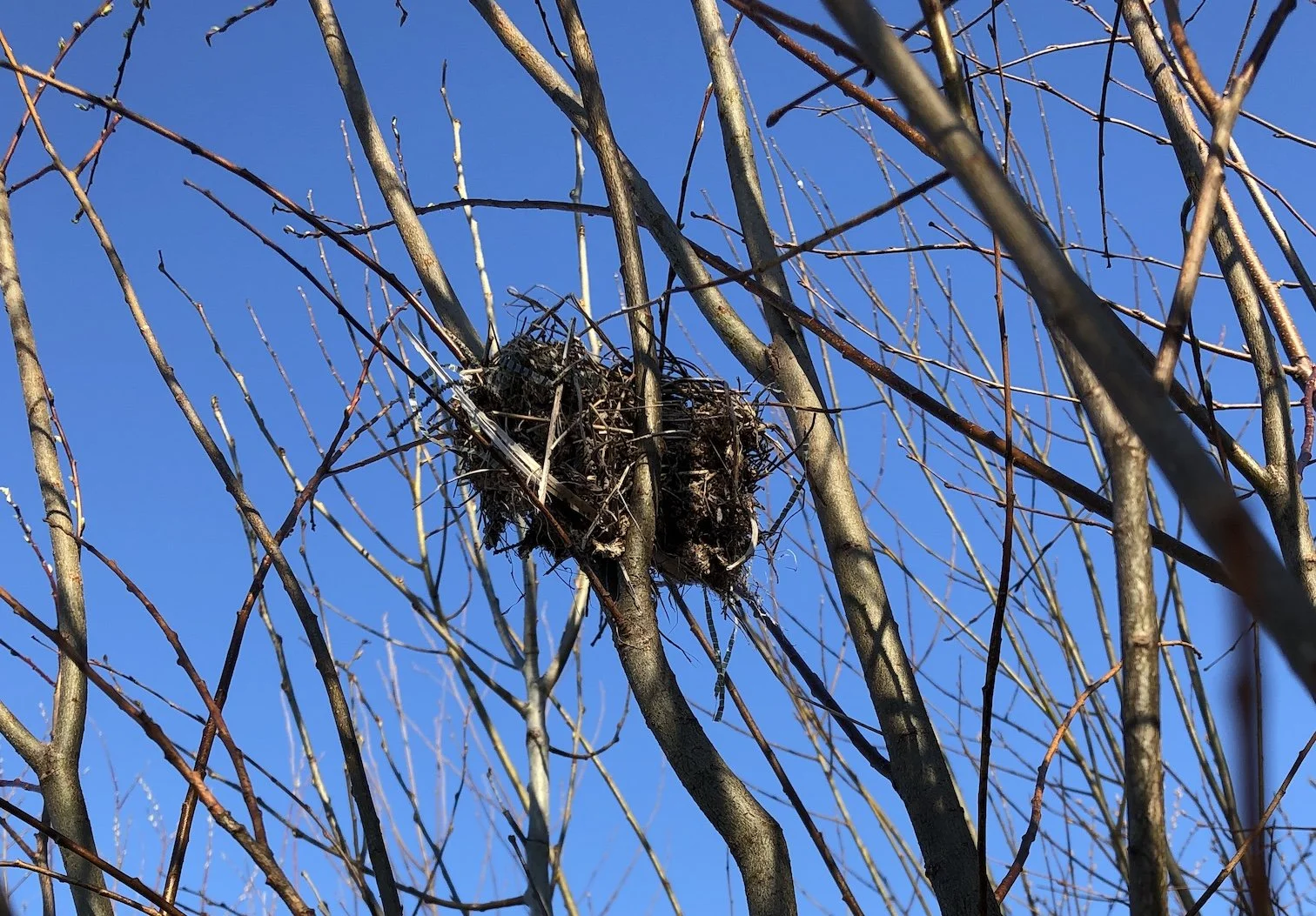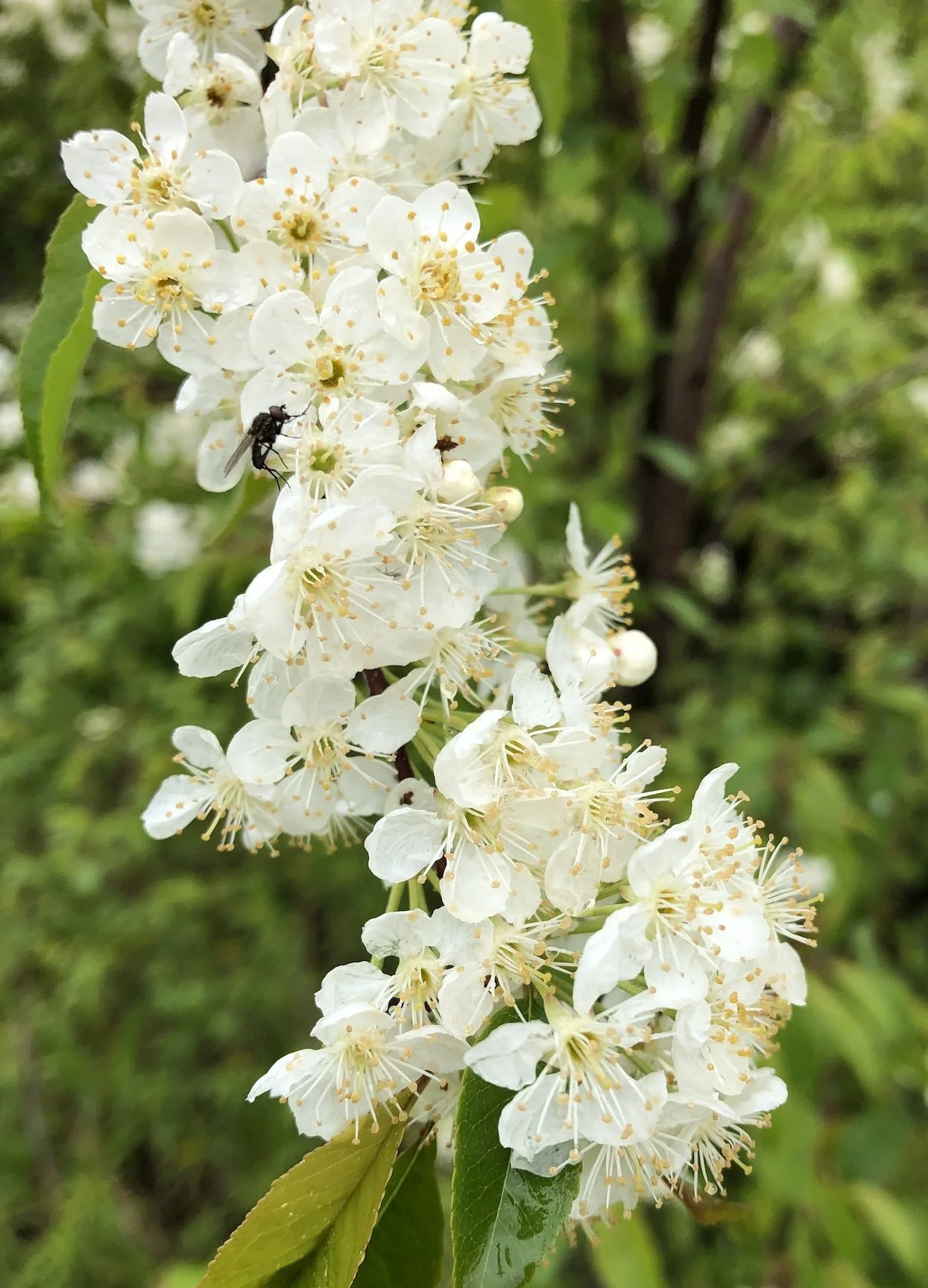Preferences
Part One
The Great Way is not difficult
for those who have no preferences.
— Seng T’san
I have a preference for being outside in most kinds of weather, but lately I spend all day every day indoors. It would have angered me to live this way ten years ago. Currently I enjoy the big windows and many cross breezes in my house. It has a view onto a few gardens and the colours bring me great joy in spring. I would prefer it if the beetles didn't eat my lilies again this year! I’ve learned to put less stock in my preferences, as they are often misguiding. Not investing in them allows me to have gratitude for the gifts in my life rather than grumbles about what's missing. Seng T’san, from the quote above, was the third Chan (Zen in Japan) Patriarch in sixth century China. He wrote a long treatise about preferences. It describes in many different ways how preferences entangle us and how recognizing them can instead set us free, set us on The Great Way.
This is a follow up to my blog about the fox koan. (Which was a while ago! I’ve been recovering again and working through some discouragement. You know fight or flight? I was in the third one: freeze. Things are looking up now…) The fox koan posed some questions about cause and effect. Whether one is viewing them from a scientific or a Buddhist perspective, cause and effect is the truth of our lives. Physical setback? Discouragement or motivation. Hungry? We eat or starve. Broke? Look for a better job or become destitute. Angry? We yell or get stubbornly quiet. Throw a pebble in the pond? It ripples. Breathe in? Breathe out. Cause and effect is a beautiful thing because within it is our freedom. The pause, as is talked about in mindfulness and other contemplative and also psychotherapy circles, gives us a moment in between the cause and its effect to choose our direction. Or at least the appearance of choice, because even the mental, visceral, or bodily processes that create the choice are a series of small causes and effects.
What keeps us from freedom, peace, or joy is our attachment to preferences. We can take our views and opinions very seriously. So that within our inevitable and beautiful series of happenings, we have preferences, often strong ones, that circumstances should go one way or another. We may not consider that there are actually about eight billion sets of personal preferences and many of those may be (also) self-righteously trying to put their stamp of approval or expectation on life. Even circumstances completely beyond our control are not beyond the reach of our preferences. We have a preference for peace in the world, but we have no power to stop the warring factions. We have a preference for health and youth, but no control over aging and illness. I was crocheting one day — a pattern that required one stitch going to the left and a different stitch coming back to the right — and I noticed a preference for one row of stitches over the other. I laughed out loud. How ridiculous!
To want peace, on the other hand, is a worthwhile aspiration. We don’t roll over and do nothing; action is required. The question is, where does that action come from? Most spiritual traditions will direct you to first make peace with yourself, your family, and community.
A Buddhist teacher I know had just come home from a three-year retreat in Germany when Russia attacked the Ukraine. She knew some German folks who could get much needed supplies to a community in Ukraine. She sent out an appeal to all her friends and students and together we managed to get a couple thousand dollars of supplies to people who needed it. I know I felt a preference for Russia to retreat, wished we could help those under siege, and my small donation was what I could do. That teacher’s more impactful gesture was what she could do. Folks in the Peace Corps or United Nations or Doctors Without Borders do what they can do. And even the most heroic folks have to work on peace within themselves so they are not overbearing on a situation that might best be left to resolve on its own or by other means.
I talk and write a lot about trusting Life, but here is a tale of caution. When I had an apartment in the basement of my house years ago, I accepted a tenant based on his care coordinator’s description and plea for help. He was on disability with multiple health concerns and about to lose his apartment. I didn’t have a good feeling about it, but I said yes and even offered to cover his hydro because I felt inclined to help. I was soon in over my head as the monthly hydro bill doubled, he smoked, played loud music, and had posters of scantily clad women all over the walls. The students I also rented to were uncomfortable with the strange man in a black trench coat and gold bling who was often chain-smoking outside. It was some kind of pride that spurned me on to rent to this fellow (who wasn’t a bad guy all-in-all). It was surprising to discover that it might have been kinder to say no. As he was very sick, it was a huge exhausting effort for him to move in and then due to the above conflicts he had to move out again within the year. I could have investigated the little voice in me that had a bad feeling from the start. Then again, the next tenant passed out drunk one night while some hot dogs boiled dry on the stove and almost burned my house down. Renting is a challenge, but it also took time for me to get familiar with my quiet voice of wisdom.
That was early on in my mindfulness meditation practice and there was a sense that I was supposed to help everyone, say yes to anything fitting that bill, and blindly trust that what came my way was meant to be. I hadn’t learned about discriminating wisdom or that gut feelings and instinct were also Life’s way of trying to guide me one way or another. I had developed a preference to be seen as generous and helpful and it got me into trouble. What I needed to be doing was working on that peace in my own heart and in my relationships. Sage and guide, Ram Dass, recommends this: “Do what you can on this plane to relieve suffering by working on yourself to be an instrument for the cessation of suffering. To me, that's what the emerging game is all about.”
The “emerging game” is the continuous unfolding of cause and effect (also referred to in Part Two by another sage as “the shudder of appearances”). When we are practising within that unfolding to realize our own inherent freedom and peace, eventually we can be that for the world. Practising being mindful in daily life is training our minds to be less of a steel trap, and our hearts to be tender. It happens almost by accident that we begin responding to people and circumstances with patience and curiosity, an “ah,” as Ram Dass comments,
Either you do it like it’s a big weight on you, or you do it as part of the dance. When you understand the thought is the thought of the thoughtless, your singing and dancing is no other than the voice of the dharma. Singing and dancing — insurance, savings accounts, jobs, responsibilities — Shiva’s dance of life. Do you do from ‘ugh’ or do it like ‘ah?’ Do you surf through it all, or do you carry it around like it’s a load?
It’s the preference for things to be otherwise that makes things into a heavy load. But even in the midst of a cancer treatment, for example, there can be “ah,” like when the nurse is so kind and helpful or when loved ones show they care. In fact, in the midst of such treatment, it can happen that all becomes "clear and undisguised” because all the usual dramas, the loads, are swept away, sometimes permanently.





